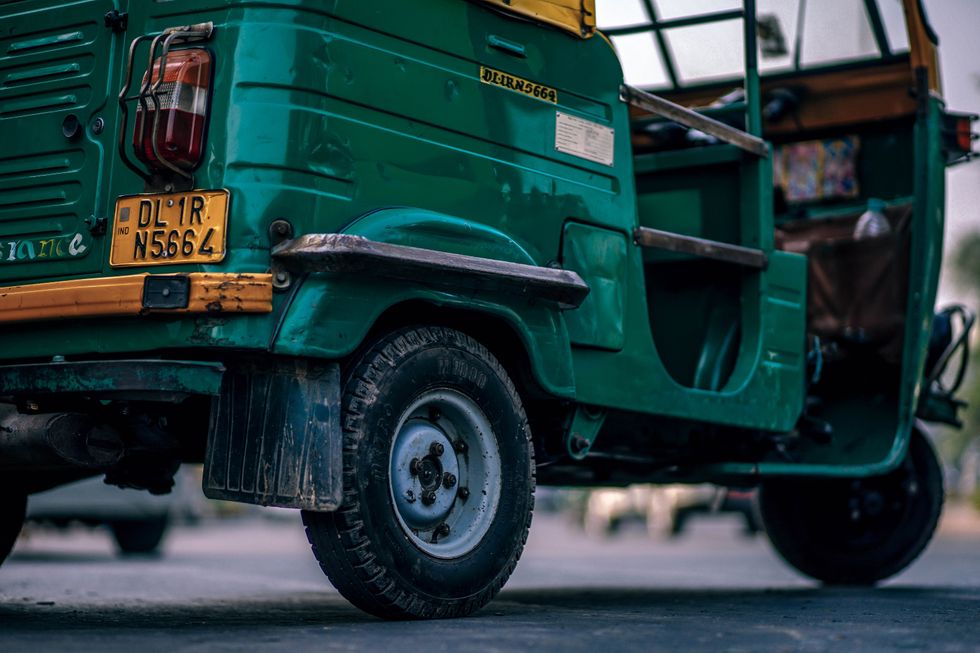I have never heard anyone say that they enjoy sitting in a traffic jam unless they were in the opening scene of "La La Land." Unfortunately, when the streets are stand-still, most of us do not have the luxury to break out into song and dance in coordination with our fellow drivers.
If you are from the United States, you may complain about traffic or driving in general, but you do not know what difficult driving is like until you set foot on the streets of Delhi, India. This past month, I had the opportunity to visit Delhi, and I quickly realized that in India, you have to be a smart driver to get anywhere on the road.
Roads are overcrowded with vehicles, man-powered rickshas, and pedestrians. Backseats often lack seatbelts. Horns are blowing day in and day out. You can find four-seater cars packed with up to eight passengers. And, people never drive in their lanes.
The fact is that driving in Metro-India is challenging, and without strict road regulations and a high population density, accidents are bound to happen. However, being a passenger for a month in those busy streets made me realize that they occur less often than you would think. I remember once I was in an Uber, and my driver mistakenly pulled out from the wrong exit. We were then met with a bus rolling towards us at full speed. I exclaimed from surprise but we were fine and there wasn't as much as a scratch on the car after the abrupt event.
What saved us was the quick thinking of everyone on the road.
At first glance, you may think Indian metro roads are simply a mess of dysfunction. However, drivers in India understand and expect that road rules will not be followed. So, they are always ready for anything.
It is also important to mention that due to congested streets, the speed is very slow. Slow speed means low impact and more time to make decisions. Using Uber as my main mode of transportation, I was amazed when my hour-long rides only cost me about three U.S. dollars. Getting around Delhi was cheap because the distances were never that much. But on average people spend around 1.5 hours more commuting in metro areas in comparison to those living elsewhere in India.
In Delhi, I additionally noticed that if you make a "mistake" the other drivers will immediately adjust with almost no road rage. When I drive in suburban Atlanta, I find that people on the road can get easily annoyed by others. People make mistakes sometimes but openly scoffing at them or honking is not always constructive. And, road rage can definitely be a major distraction.
On the point of road rage, In the U.S. you may be familiar with the occasional reprimanding honk. Of course, westerners do not always use horns to scold others but there is definitely something of a negative feeling attached to the sound. In India, this is not the case. Drivers need to honk so that they can communicate with the other cars. It is not as though every driver is honking from frustration. They are simply letting others know their vehicle is coming through. Imagine driving down an overcrowded street where no one uses lanes and people are not accustomed to checking their blind spot. It would be helpful to know a car is coming by hearing them without having to take your eyes off the road.
Transportation and road networks are a globalized industry, practiced by every country in the world. But as general as the custom is, it interesting to see how cultural and demographic distinctions have uniquely shaped India's approach to driving.



















